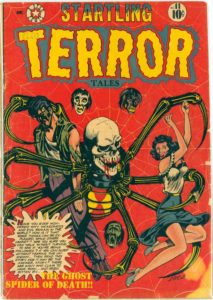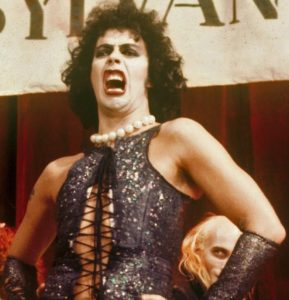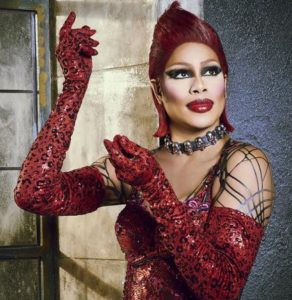A couple of weeks ago I wrote blog post discussing an editorial from a western Nebraska paper explaining why the staff had decided to delay publishing the names of people killed in accidents for 24 hours to try to make sure that extended family members would not find out about the death from the paper. I got a lot of responses from friends on Facebook about the post. I’m going to reprint them here with some minimal identifying information without any comment from me. What do you think about it?
(Updated with additional comment)
A non-media professional friend from British Columbia
Since you asked. Selling newspapers a duty higher than compassion in the face of a tragic loss? Not on my planet. The newspaper withholding the names for 24 hours recognizes that having those names first in the 24/7 internet instant news cycle we have today does not sell papers , it is the more reflective and considered treatment of events that is the only thing left for them to do well. I am not suggesting they have any more compassion, just that the recognize it ain’t 1970 any more and their target audience has changed. But I will never buy the BS of journalists being shitty humans to fill the coffers of newspaper owners, or to keep their jobs in a transitioning industry.
Wyoming-based high school friend and radio host
We were just having this discussion today, on-air no less. It wasn’t a fatality, but an incident in which a man led police on a chase, appeared suicidal, and jumped off an overpass. Survived, but broke his leg. Law enforcement did not release the name, and we’re waiting for that although we do know his identity. As far as fatals go, we would not release the name without authorities identifying first regardless of what we have confirmed otherwise, but in this social media world especially around small towns, you can bet that someone will. Would it be better for loved ones to learn from those close to them? Yes, but even holding 24 hours that’s not likely to be the case in all circumstances. In my experience, the authorities notify relatives, and give a little time to give them a chance to notify others before releasing the info to us.
Grad school friend now working as an Iowa TV news producer
With social media, most viewers/readers know the name before the station/newspaper does. In fact, they often call the station to provide it, but we wait until law enforcement confirms it is the correct name. We’ve also had occasions when law enforcement will delay releasing the name until extended family have been notified. That happens in rural counties/communities.
Nebraska university communication professional
I agree with what [the TV producer] said. Maybe another question is why dying in an accident is news.
Former colleague from West Virginia
When I was 25, my 23-year-old brother was killed in a car accident but it wasn’t a 24/7 news cycle then. We were able to get the word to family. Some were still shocked and upset to see the photo of the crumpled car on the front page of the newspaper. My mother worked for the paper so many of the employees knew our family too. No easy answer here but with cell phones, it may be easier to notify family before it hits the paper.




Check out my JMC 406 student bloggers
This spring I’m teaching my commentary and blogging class, and as always, I like to share links to my students’ work here. They will be writing and commenting on a wide range of issues over the course of the semester. Hope you will check out what they have to say.
As a side note, I have been teaching this class in one form or another since I first started teaching college at Northern Arizona University in the winter of 1988, more than 30 years ago!
Brett Westfall
Nicolena Boucher
Ian Kahler
Keegan Francl
Amanda Hendrickson
Cassidy Sleicher
Alex Eller
Madison Yeutter
Hannah Wick
Treygan Gowen
Abigayle Zoellner